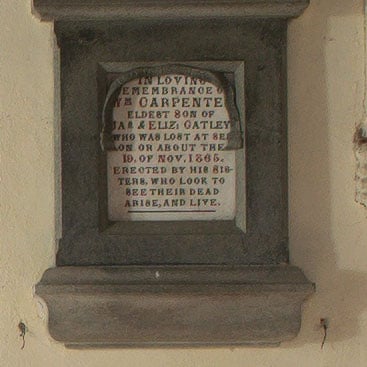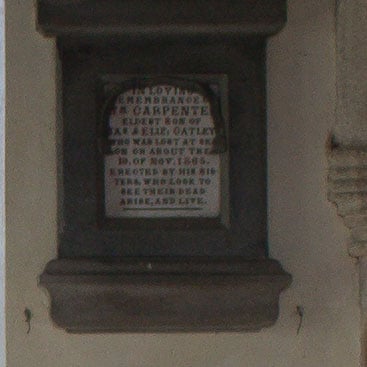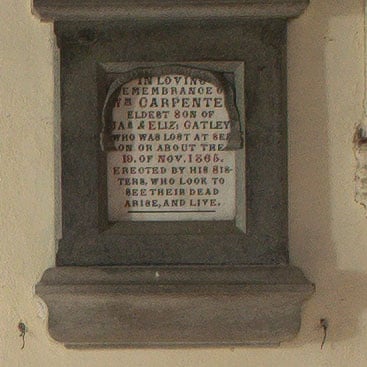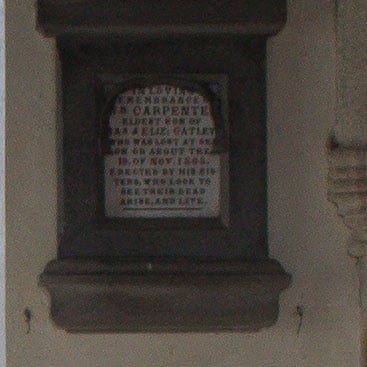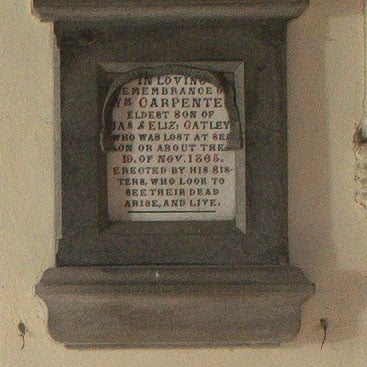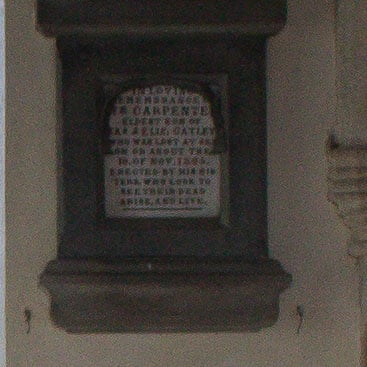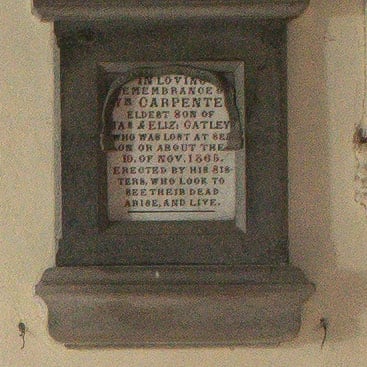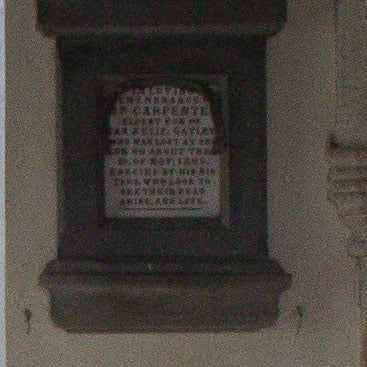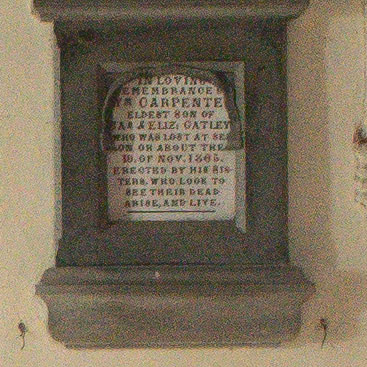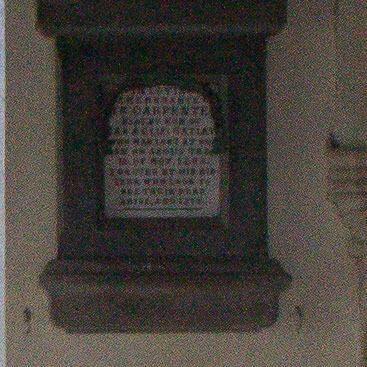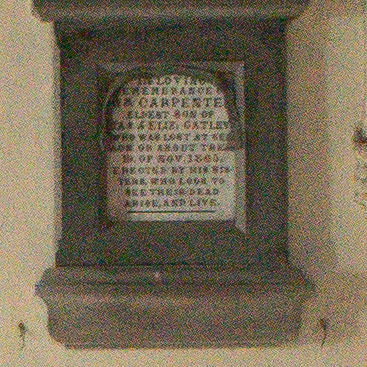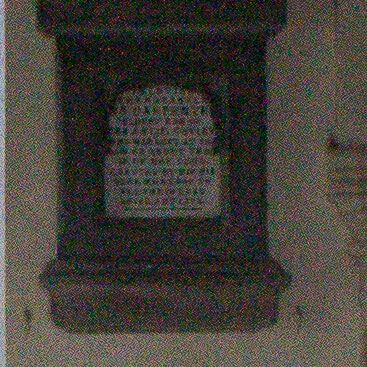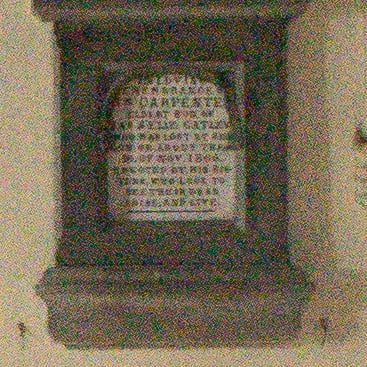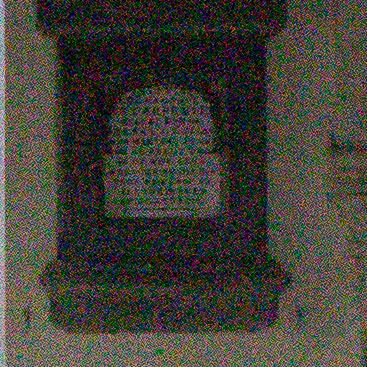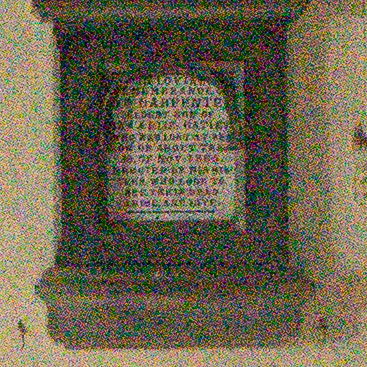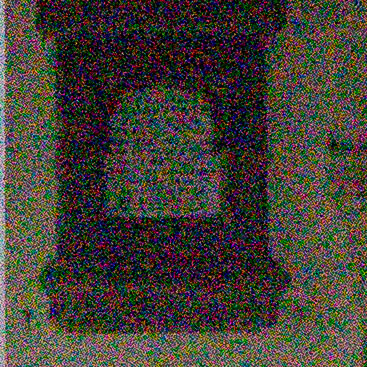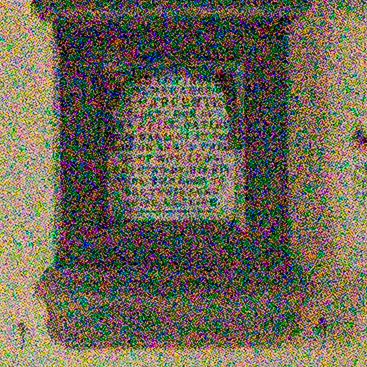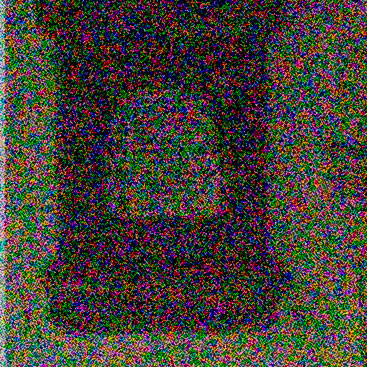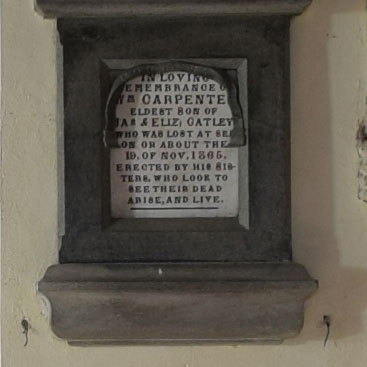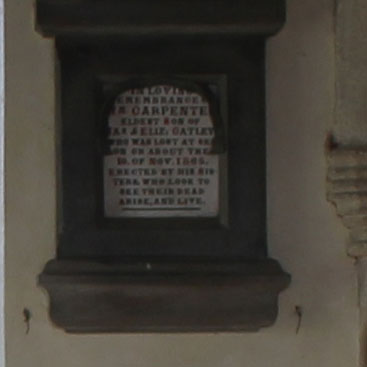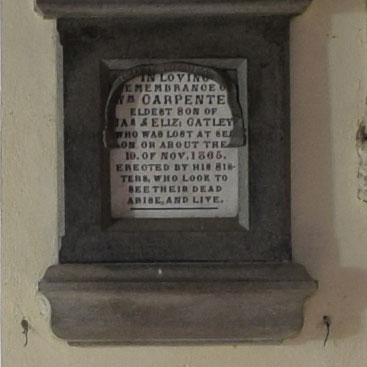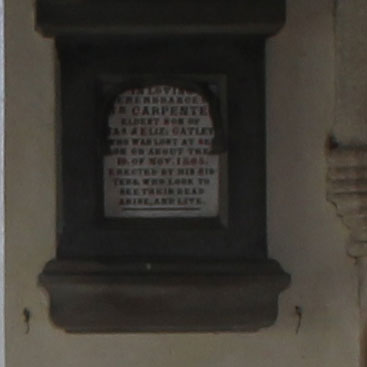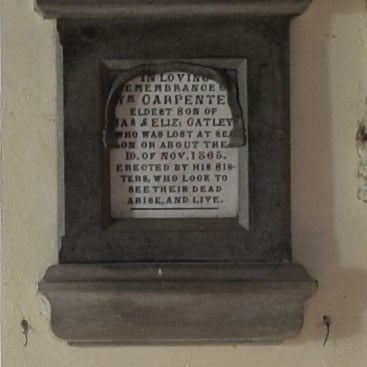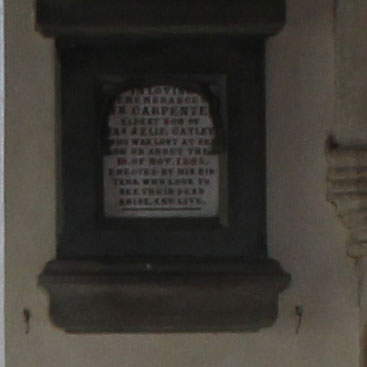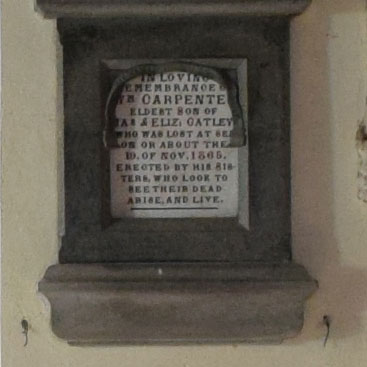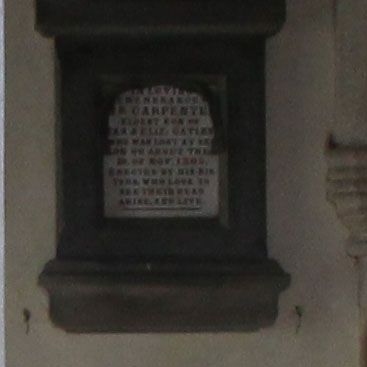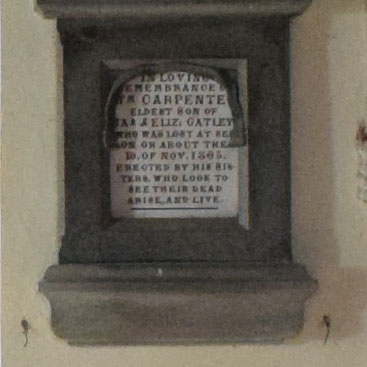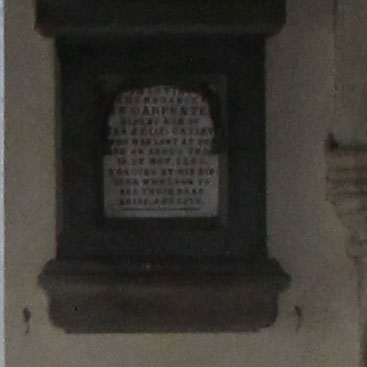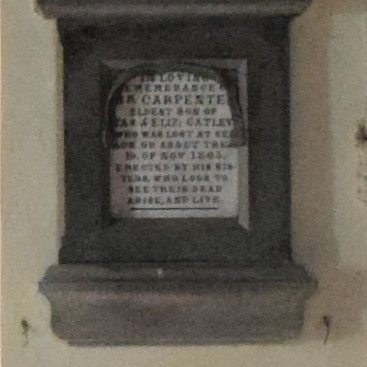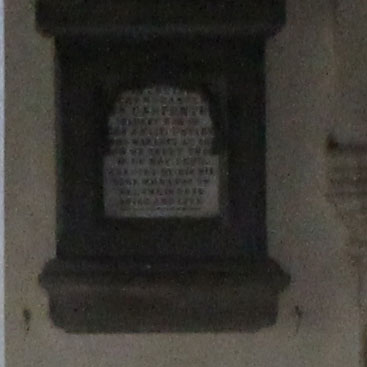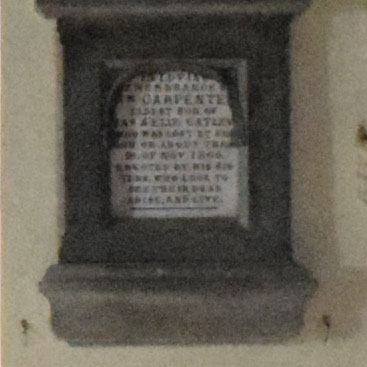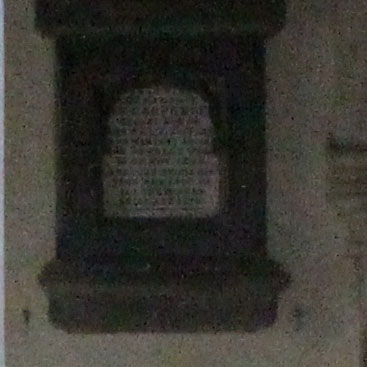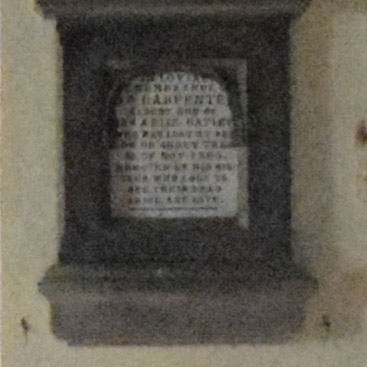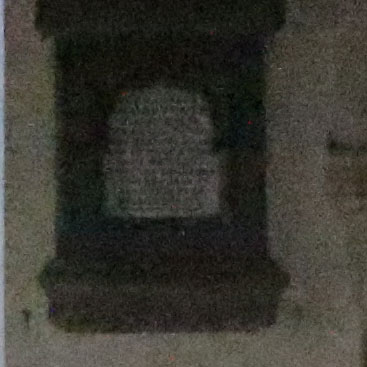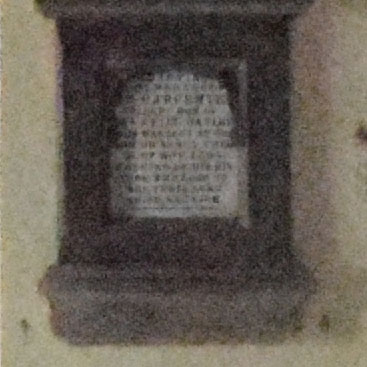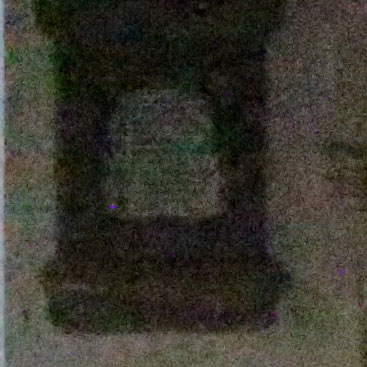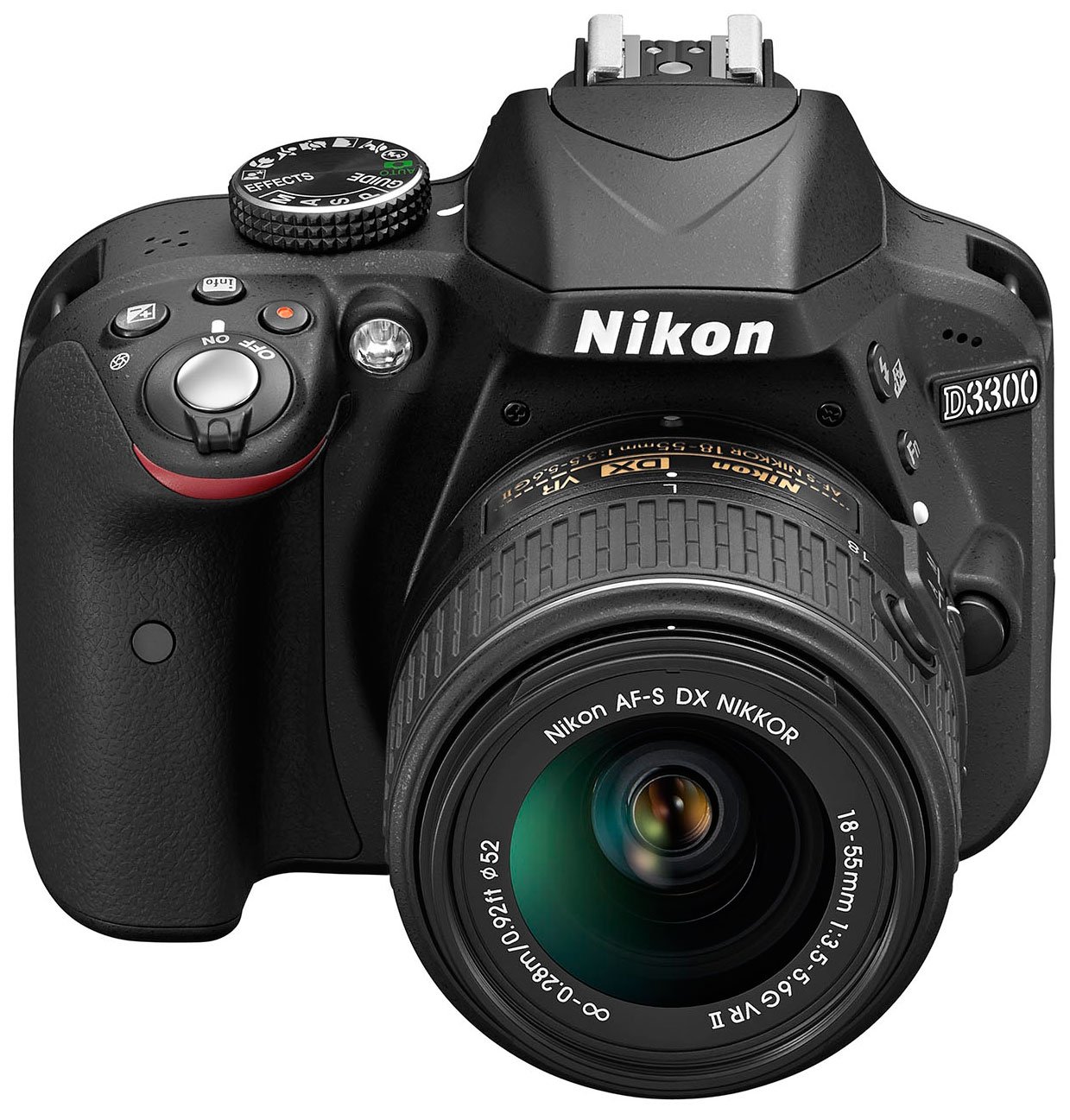
Nikon D3300 review
-
-
Written by Gordon Laing
Quality
Nikon D3300 vs Canon EOS SL1 / 100D
To compare real-life performance when zoomed-out, I shot this scene with the Nikon D3300 and the Canon EOS SL1 / 100D within a few moments of each other using their best quality JPEG settings.Both cameras were fitted with their 18-55mm kit lenses which were set to their widest angle 18mm settings (and the Nikon nudged in a tad) to provide an equivalent field of view.
Both cameras were set to f5.6 in Aperture priority exposure mode, stabilisation was disabled for this tripod-mounted test and tone enhancement features were left on the default settings – Active D-Lighting on the D3300 was on and Auto Lighting Optimizer on the SL1 / 100D was set to Standard. The ISO sensitivity was manually set to 100 ISO on both models.
The image above was taken with the Nikon D3300 with the AF-S Nikkor 18-55mm f3.5-5.6 VR II lens. The camera was set to Aperture priority mode with the aperture set to f5.6 and the sensitivity to 100 ISO. The D3300 metered an exposure of 1/800 at f5.6 – the same as the EOS SL1 / 100D. As usual the crops below are taken from the areas marked in red above.
The D3300 has produced a good result from this high contrast scene and seems to have overcome its predecessors inclination to over-expose in bright conditions. The colours are well saturated, though the white balance is just a little on the cool side.
The crops in the table below are taken from left to right across the test scene above. The first one is from close to the left edge of the frame and there’s some distortion here as well as slight fuzziness. The second crop from closer to the middle of the frame is much improved though, there’s no distortion, the edges are nice and sharp and the smaller details are well resolved.
The third crop is midway between the centre and the edge of the frame and here the detail isn’t quite so sharp, but it’s not far off. You can tell the time from the church clock, but there isn’t quite the crispness in the lines of the previous crop and the gulls on the roof are indistinct white blobs. Finally, the fourth crop from the other edge of the frame makes for quite a demanding test, but the D3300 does a good job, the lighthouse is distinct enough for you to make out the separate lamphouse at the top, just.
Overall, this is an excellent result and the new sensor has resulted in a clear quality improvement on its predecessor. The removal of the optical low pass filter is undoubtedly responsible for some of this improvement and it’s good to see Nikon not restricting it just to the higher end consumer models. The one downside is the performance of the new collapsible kit lens which is sharp at the centre, but less impressive at the edges.
Compared with the crops from the Canon EOS SL1 / 100D, I think the Nikon D3300 crops look even more impressive. The EOS SL1 / 100D gets off to a poor start with a crop from the edge that’s badly affected by chromatic aberration. It’s only fair to point out that the EOS SL1 / 100D has built-in chromatic aberration correction but it’s turned off by default so wasn’t enabled for these tests. Even at the centre of the frame, though, the EOS SL1 / 100D isn’t as sharp as the D3300 and doesn’t look to be resolving the same level of detail. Whether that’s down to the performance of the sensor and lens, or whether processing has more to do with it we’ll discover in my D3300 RAW results which follow. Alternatively, see how these models compare at higher sensitivities in my D3300 Noise results.
Nikon D3300 JPEG With AF-S 18-55mm VR II | Canon EOS SL1 / 100D JPEG With EF-S 18-55mm IS | |
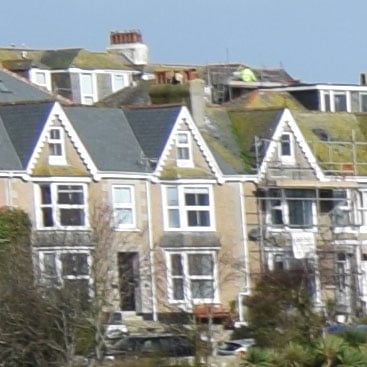 | 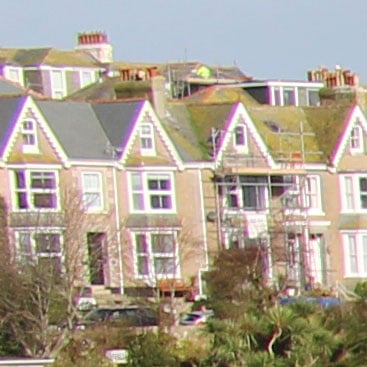 | |
f5.6, 100 ISO | f5.6, 100 ISO | |
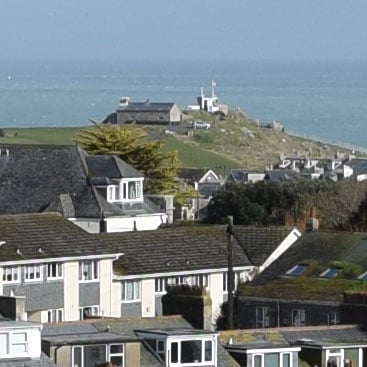 | 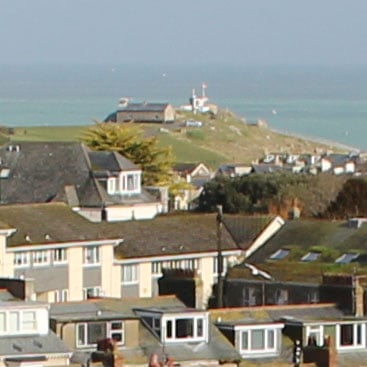 | |
f5.6, 100 ISO | f5.6, 100 ISO | |
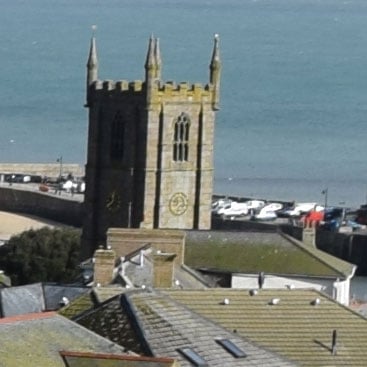 | 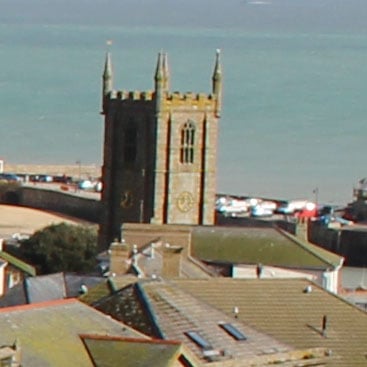 | |
f5.6, 100 ISO | f5.6, 100 ISO | |
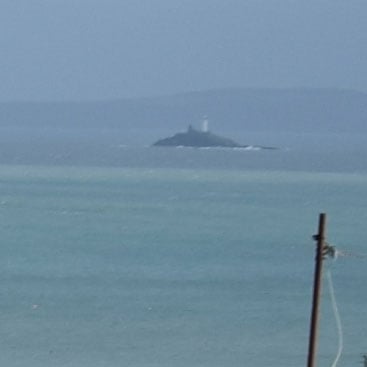 | 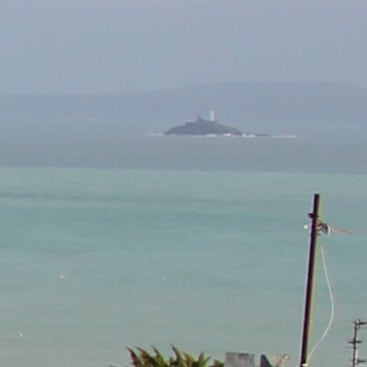 | |
f5.6, 100 ISO | f5.6, 100 ISO |
Nikon D3300 vs Canon EOS SL1 / 100D quality RAW
To compare real-life RAW performance when zoomed-out, I shot this scene with the Nikon D3300 and the Canon EOS SL1 / 100D within a few moments of each other using their RAW modesBoth cameras were fitted with their 18-55mm kit lenses which were set to their widest angle 18mm settings (before nudging the Nikon in a tad) to provide an equivalent field of view. Both cameras were set to f5.6 in Aperture priority exposure mode and stabilisation was disabled for this tripod-mounted test. The sensitivity was manually set to 100 ISO on both models.
The image above was taken with the Nikon D3300 with the AF-S Nikkor 18-55mm f3.5-5.6 VR II lens. The camera was set to Aperture priority mode with the aperture set to f5.6 and the sensitivity was set to 100 ISO. The D3300 metered an exposure of 1/800 at f5.6 – the same as the EOS SL1 / 100D. As usual the crops below are taken from the areas marked in red above.
I processed both files in Adobe Camera RAW using identical settings: Sharpening at 70 / 0.5 / 36 / 10, Luminance and Colour Noise Reduction both set to zero, the White Balance set to 5500K and the Process to 2012 with the Adobe Standard profile. These settings were chosen to reveal the differences in sensor quality and isolate them from in-camera processing. The high degree of sharpening with a small radius enhances the finest details without causing undesirable artefacts, while the zero noise reduction unveils what’s really going on behind the scenes. Just to note that for these files I used the Adobe Camera RAW 8.4 RC beta, as the current release at the time of writing didn’t yet support the D3300 RAW format.
These RAW files confirm that the new sensor in the D3300 produces very sharp results with a high level of detail. The sharp edges aren’t down to clever in-camera JPEG processing, this detail is being captured by the sensor. While the lack of an optical low pass filter is undoubtedly contributing to the sharpness and detail in these crops, if you look carefully at the second crop, you’ll see a less desirable consequence of its removal – moire. Notice the purple tinge in the roof tiles in the middle of the crop and the rainbow pattern along the gutter in the middle row of houses. This isn’t visible in the JPEG though, and it’s dealt with easily enough in the RAW file.
In terms of the quality, you’re getting the same deal here as with the more expensive D5300. And as before, the only thing that lets these crops down is the lens quality at the edges. Put a better quality lens on the D3300 and you’ll get image quality that far exceeds what most budget DSLRs are capable of.
As with the JPEG comparison, the crops from the EOS SL1 / 100D aren’t as sharp and detailed as those from the D3300, but the difference isn’t so apparent in these RAW files, suggesting that there’s more headroom for improvement shooting RAW with the Canon. To find out how they compare at higher sensitivities see my D3300 noise results.
Nikon D3300 RAW With AF-S 18-55mm VR II | Canon EOS SL1 / 100D RAW With EF-S 18-55mm IS | |
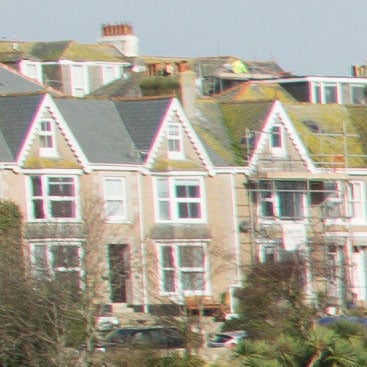 | 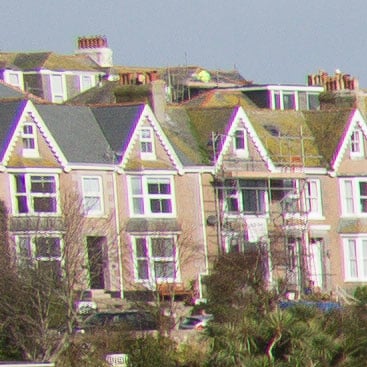 | |
f5.6, 100 ISO | f5.6, 100 ISO | |
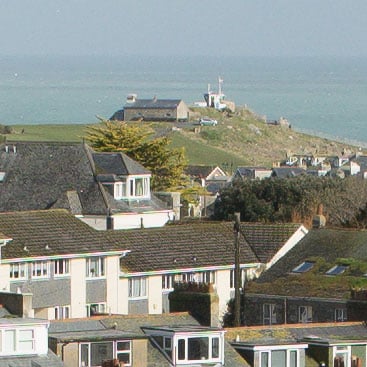 | 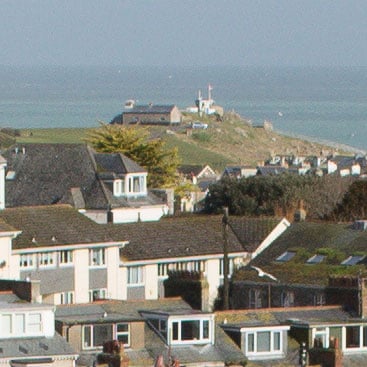 | |
f5.6, 100 ISO | f5.6, 100 ISO | |
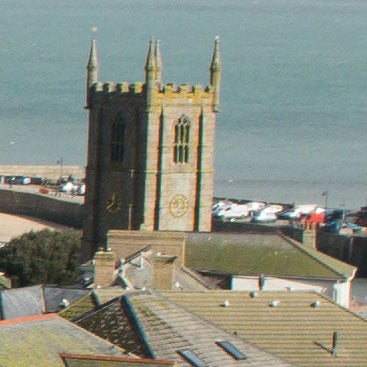 | 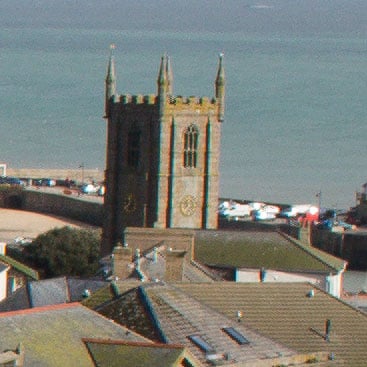 | |
f5.6, 100 ISO | f5.6, 100 ISO | |
 |  | |
f5.6, 100 ISO | f5.6, 100 ISO |
Nikon D3300 vs Canon EOS SL1 / 100D noise RAW
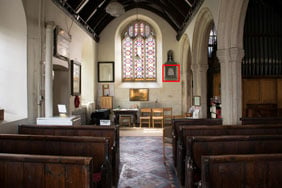
To compare RAW noise levels under real-life conditions , I shot this scene with the Nikon D3300 and the Canon EOS SL1 / 100D within a few moments of each other using their RAW settings at each of their ISO sensitivity settings.Both cameras were fitted with their respective 18-55mm kit lenses set to their wide angle 18mm focal length and both were set to Aperture priority exposure mode with the ISO senstivity set manually.
The above shot was taken with the Nikon D3300 with the AF-S Nikkor 18-55mm f3.5-5.6 VR II kit lens. For these tests the camera was placed on a tripod and the stabilization was disabled. In Aperture priority mode with the aperture set to f5.6 the Nikon D3300 metered an exposure of 1/3 at 100 ISO.The Canon EOS SL1 / 100D metered 1/2s at f5.6 and 100 ISO
I processed all files in Adobe Camera RAW using identical settings: Sharpening at 70 / 0.5 / 36 / 10, Luminance and Colour Noise Reduction both set to zero, the White Balance set to 4800K and the Process to 2012 with the Adobe Standard profile. These settings were chosen to reveal the differences in sensor quality and isolate them from in-camera processing. The high degree of sharpening with a small radius enhances the finest details without causing undesirable artefacts, while the zero noise reduction unveils what’s really going on behind the scenes – as such the visible noise levels at higher ISOs will be much greater than you’re used to seeing in many comparisons, but again it’s an approach that’s designed to show the actual detail that’s being recorded before you start work on processing and cleaning it up if desired. Just to note that for these files I used the Adobe Camera RAW 8.4 RC beta, as the current release didn’t yet support the D3300 RAW format at the time of writing.
These RAW results provide further confirmation of what we saw from the JPEGs, the Nikon D3300’s sensor is generating less noise at all ISO settings than the Canon EOS SL1 / 100D. At the lower ISO sensitivities the processing irons out the differences so there’s little to tell between the 100 and 200 ISO JPEGs. But the RAW files tell a slightly different story. There are noise textures in both crops at 100 ISO, but while there’s barely a hint of noise in the D3300 crop, it’s more apparent in the EOS SL1 / 100D crop. By 200 ISO the difference is already clear to see and all the way up the sensitivity scale the gap just gets wider and wider. By 800 ISO I reckon the difference amounts to a whole stop, with the 800 ISO EOS SL1 / 100D crop showing a similar level of noise to the 1600 ISO crop from the D3300.
Ordinarily any difference at the low and mid-range senstitivities become academic at 6400 ISO and above, but the D3300 just keeps on going, producing results all the way up to the upper 25600 ISO limit that are visibly superior to those from the EOS SL1 / 100D.
Now head over to my D3300 sample images to see some more real-life shots in a variety of conditions.
|
Nikon D3300 vs Canon EOS SL1 / 100D noise
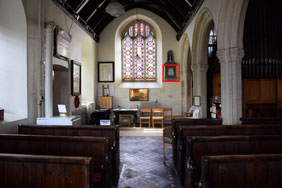
To compare noise levels under real-life conditions , I shot this scene with the Nikon D3300 and the Canon EOS SL1 / 100D within a few moments of each other using their best quality JPEG settings at each of their ISO sensitivity settings.Both cameras were fitted with their respective 18-55mm kit lenses set to their wide angle 18mm focal length and both were set to Aperture priority exposure mode with the ISO senstivity set manually.
The above shot was taken with the Nikon D3300 with the AF-S Nikkor 18-55mm f3.5-5.6 VR II kit lens. For these tests the camera was placed on a tripod and the D3300’s Active D-Lighting tonal enhancement was turned off. Auto Lighting Optimzer on the Canon EOS SL1 / 100D was also disabled. Noise reduction for both cameras was left on default settings. In Aperture priority mode with the aperture set to f5.6 the Nikon D3300 metered an exposure of 1/3 at 100 ISO.The Canon EOS SL1 / 100D metered 1/2s at f5.6 and 100 ISO.
The 100 ISO crop from the Nikon D3300 is hard to fault, if there are any noisy pixels there you’d have to look very hard indeed to spot them in this 100 percent crop. The text is nice and crisp as are the edges of the memorial panel, but I can’t see any evidence of noisy pixels anywhere, including the flat expanse of cream coloured wall behind the panel.
At 200 ISO there’s is the faintest hint of noise texture making an appearence in the cream-coloured wall , it’s very, very slight though and really not worth worrying about and the same can be said of the equally small increments in noise that occur at 400 and 800 ISO. There’s obviously a visible difference between 100 ISO and 800 ISO, but you can use any of these sensitivity settings without risking image quality even at 100 percent output sizes.
1600 ISO sees a bigger drop in image quality as a result of noise, but it’s still holding up well and although there’s now a fine graininess to the whole crop area, I’d still be more than happy with this at 100 percent. It’s not until you get to 3200 ISO that things start to look quite clumpy and medium sized detail is obscured. Even so, the text is still readable and for some subjects a 100 percent print at this ISO setting wouldn’t be a problem. At 6400 ISO things are starting to look ugly though, and from here on up it’s a question of use only in emergencies, but that doesn’t mean these higher ISO settings are superfluous. The saturation and colour balance holds up and at smaller sizes they look almost respectable.
These crops are very similar in terms of their noise characteristics to those from my D5300 tests, in all likelihood these two models are using the same sensor. They are certainly an improvement on the noise performance of the earlier D3200 and don’t forget there’s also the top 25600 ISO option that the D3200 lacks.
As in the outdoor test, the JPEG crops from the Canon EOS SL1 / 100D look softer and slightly less detailed but, at the lower ISO sensitivities I can’t see any more noise in the Canon crops than the Nikon ones. At 400 ISO the crop from the Canon EOS SL1 / 100D looks a tad noisier though – compare the wall on the right of the memorial and you’ll see the Canon crop looks slightly more textured.
At 800 ISO the gap widens a little and by 1600 ISO the Nikon D3300 has a clear advantage. At 3200 ISO there’s plenty of noise in both crops but the D3200’s is fine-grained and you can still see plenty of detail. By contrast the EOS SL1 / 100D’s is coarse and clumpy, breaking up finer detail and making the text unreadable. Even at the upper reaches of the sensitivity scale the Nikon holds on to its advantage, with an impressive 25600 ISO crop that somehow manages to eke a little detail from the noise. A clear win for the Nikon D3300, despite packing more pixels into essentially the same surface area.
But how much of a role does processing play in keeping noise at bay in these crops? To find out, take a look at my Nikon D3300 RAW noise results page to see just how much noise is present behind the scenes. Or head over to my D3300 sample images to see some more real-life shots in a variety of conditions.
|
Nikon D3300 results : Quality / RAW quality / Noise / RAW Noise |
